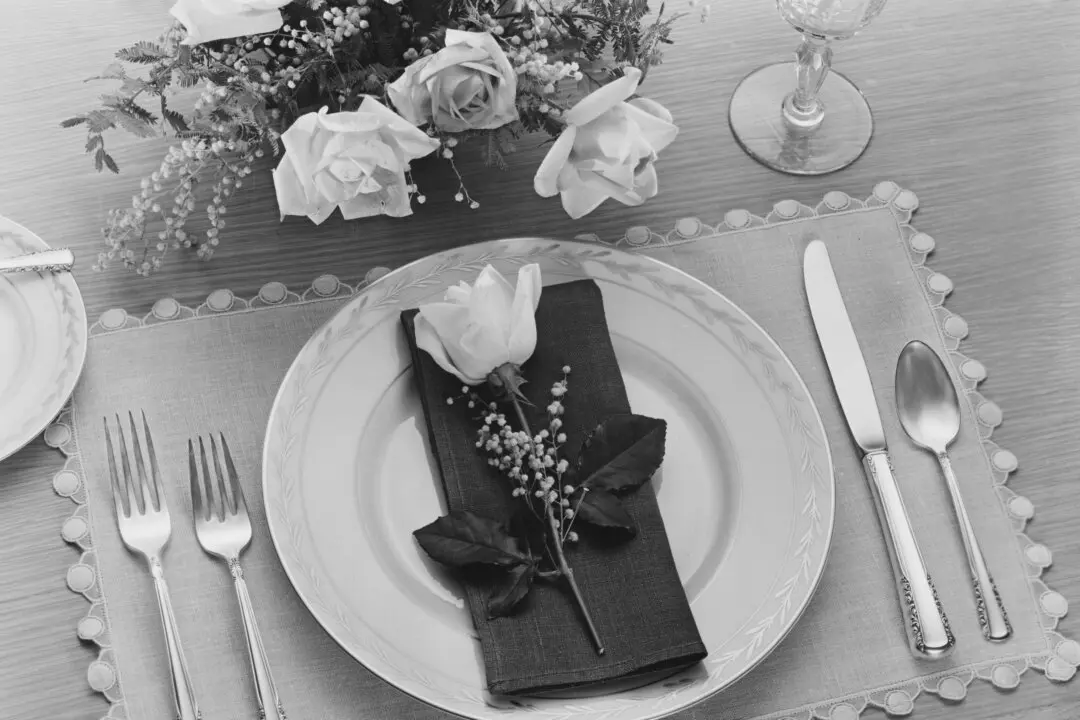Commentary
The biggest change in public culture over the past five years has been the loss of trust in big media. It is not just that we now see that much of the spin is wrong. It is that we see that we are being manipulated for a purpose. Much of it comes with a narrative crafted to shape the public mind in a manner that serves a particular interest. This is glaringly obvious in ways that were not present in the past.





